You find yourself standing in a crowded cafeteria, but instead of normal tables and chairs, they’re made of wobbly Jello; green, red, purple. You’re trying to get to the front of the line to grab a tray of food, but you’re standing on countless shinny marbles, making it hard to stay upright.
Suddenly, your old high school math teacher appears in front of you, wearing a bear furry costume with just his face peeking through. He starts lecturing you on the Fibonacci sequence. You’re completely absorbed in this conversation. You think, “No one has ever explained that better.”

It doesn’t occur to you that this is a dream – it all feels completely normal. As you’re listening, the Jello chair you’re sitting in starts to slip and slide around the room, but instead of being alarmed you just relax and enjoy the ride, completely unaware of the absurdity of the situation.
Ordinary dreams are thought to be a reflection of the subconscious and conscious mind processing and consolidating unresolved thoughts, emotions, and problems from the previous day and recent past.

The mind files away memories, it makes connections between seemingly unrelated ideas, and finds solutions to unresolved issues. A lot is resolved or falls into place during ordinary dreams, which occur in tandem with the body’s natural self-repair processes.
Everybody has dreams whether they remember them or not. Remembering dreams is in act of will. Generally it helps to make a habit of remembering and/or writing them down immediately upon awaking in the morning.
Likewise, lucid dreaming is an act of will. It is deliberate.It is dream magic – the ability to consciously recognize that you are dreaming and to intentionally control the direction of the dream and the nature of the dreamworld. Levels of awareness can vary during the phenomenon.

Dream magic can be used for creative problem solving. for inventions, for song writing, for acquiring wealth and material things, for astral projection, for healing and for traveling through the spiritual realms.
I often find myself pondering the question of when dreaming began. Who had the first dream and what was it about? Whilest the answer to that remains elusive, we can follow the trail back through ancient history for clues.
Dreams have long been a source of revelations and divine prophecies, with many cultures and spiritual traditions believing that the dream state can provide access to higher states of consciousness and divine guidance. Allow me to be your guide as we briefly explore the history and practice of dream magic so that we may tap into this mysterious power.
History of Lucid Dreaming
The ancient Sumerians, who lived in Mesopotamia (modern-day Iraq) around 4500-1900 BCE, believed that dreams were a way for the gods to communicate with humans. They developed a complex system of dream interpretation and believed that dreams could provide insight into the future and guidance for decision-making. One of the most famous examples of dream interpretation in ancient Mesopotamia is the Epic of Gilgamesh, which features the hero Gilgamesh who is guided by prophetic dreams on his journey. The epic describes his travels through the realm of the Anunnaki and his encounters with them. The ancient Mesopotamians believed that dreams could provide guidance and insight into the future, and they often sought the advice of dream interpreters to help them make decisions.

The Babylonians, who succeeded the Sumerians and Akkadians in Mesopotamia, also developed a sophisticated system of dream interpretation, which was used to inform decisions made by the king and other leaders. They cataloged their dreams and kept public records of them, which were often used to inform decisions made by the king and other leaders. The Assyrian kings built temples to honor the gods(ilu) and to seek their guidance through dreams. The temples were often decorated with images of the ilu, and the priests would interpret the dreams of the kings to help them make decisions.
Similarly, in ancient Egypt, dreams were also believed to be a way for the gods to communicate with humans, and were often used to inform decisions made by the pharaoh and other leaders. The Egyptians recorded their dreams on papyrus, and these records were often used to inform decisions made by the pharaoh and other leaders. The Egyptians believed that dreams were messages from their gods(neter), and they often sought the advice of dream interpreters to help them understand the meaning of their dreams.
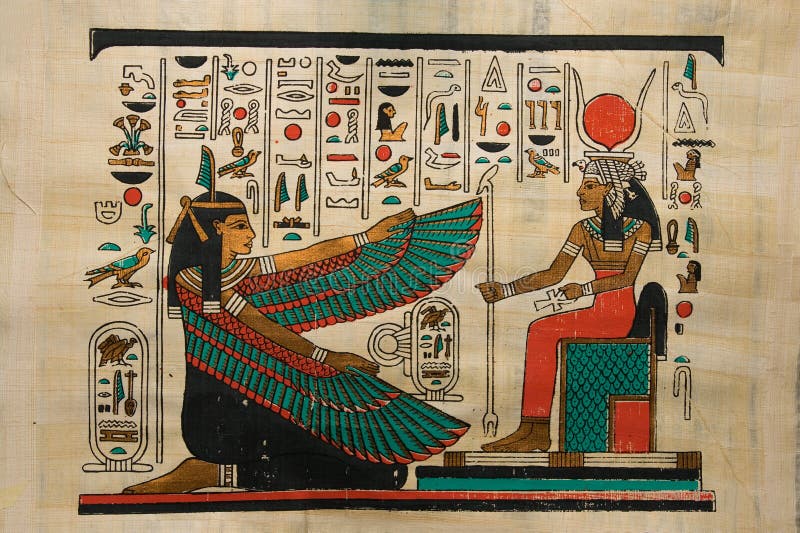
In contrast to the Mesopotamians and Egyptians, the ancient Greeks had a different understanding of dreams, believing that the soul left the body during dreaming and that the dreamer was able to access other realms and communicate with the gods. In Greek mythology, Morpheus was the god of dreams, and was often depicted as a mysterious and elusive figure. He was believed to have the power to shape and control dreams, and was often invoked by those seeking guidance or insight through their dreams.
In Tibetan, dream magic was known as “dream yoga” and was used to cultivate spiritual awareness and enlightenment.
Temples and Sacred Sites
The Tibetan Buddhist temple of Tashilhunpo Monastery is said to be a hub for lucid dreaming and spiritual growth, where monks would practice dream yoga to achieve higher states of consciousness. This ancient temple, nestled in the heart of Tibet, has been a center for spiritual practice and learning for centuries, and its tranquil atmosphere is believed to be conducive to lucid dreaming.
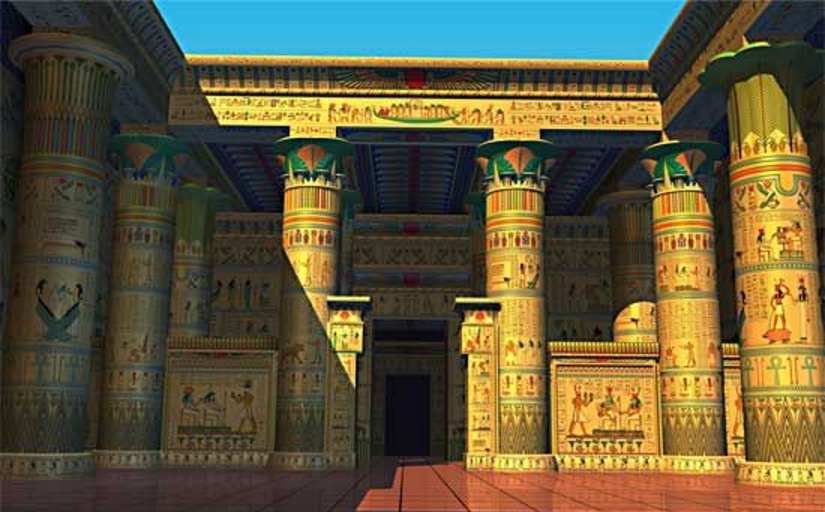
Similarly, in ancient Egypt, it was believed that communication with the gods, known as the Neteru (plural): ነጠሩ, or Neter (singular): ነር, could be achieved through lucid dreaming. In other words, through dreaming, it was possible to visit their realm and seek guidance and wisdom. The ancient Egyptian temple of Isis was believed to be a temple dedicated to dream magic and for dream incubation, where priests would seek guidance from the gods through lucid dreaming. This temple, located on the island of Philae, was a sacred site for the ancient Egyptians, and its peaceful atmosphere was believed to facilitate deep sleep and lucid dreaming.
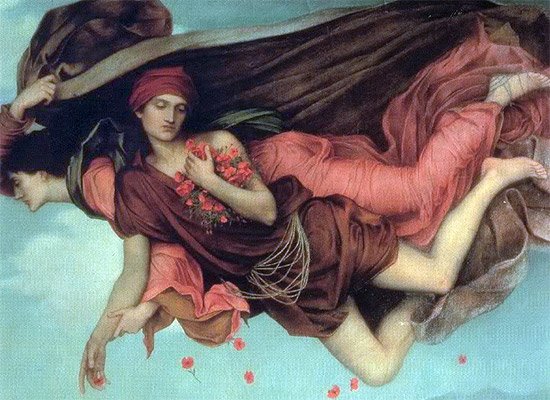
The ancient Greeks also recognized the importance of lucid dreaming and built temples dedicated to the gods of sleep and dreams, such as Hypnos and Oneiros. These temples were often located in serene natural settings, such as near rivers or in forests, and were believed to be conducive to spiritual growth and self-discovery. The Greeks believed that lucid dreaming could provide insight into the future, and that it was a way to communicate with the gods and gain wisdom and guidance.
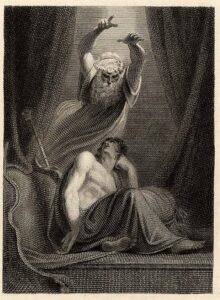
The Art of It
The concept of lucid dreaming has been explored by philosophers and scientists for centuries. Hippocrates, the father of medicine, believed that the soul traveled out of the body during dreaming, suggesting that dreams were a way for the mind to access other realms and gain insight into the world. Aristotle, on the other hand, believed that dreams could be used to predict the future, and that they contained hidden messages and symbolism that could be deciphered by the skilled interpreter.
While these ancient philosophers were onto something, modern research has shed even more light on the science of lucid dreaming. Dreams, it turns out, are not just a product of the brain’s random firings during sleep, but are actually a vital part of the body’s healing process. The kind of rest we get during REM sleep, when most dreams occur, is the kind that repairs the body and rejuvenates the mind. In fact, research has shown that dreaming is essential for physical and mental health, and that it plays a critical role in the body’s natural healing processes.
But lucid dreaming, in particular, has been found to have a number of benefits for personal growth and development. Research has shown that lucid dreaming is associated with increased activity in areas of the brain involved in self-awareness, decision-making, and problem-solving, making it a valuable tool for personal growth and development. Studies have also found that lucid dreaming can reduce anxiety and stress, and improve overall mental health. By becoming more aware of our thoughts and emotions during dreams, we can gain a deeper understanding of ourselves and develop greater self-awareness, which can translate to improved mental health and well-being in waking life.
Practices for Inducing Lucid Dreams
To induce lucidity in your dreams, it’s essential to have a system that works for you. One effective approach is to use creative visualization techniques to cultivate awareness and intention. A well-known method is the Nagual system, as taught by Carlos Castaneda in his book “The Art of Dreaming”. This system involves focusing on your hands, observing them in detail, and using them as a anchor to bring your attention back to your body and surroundings.
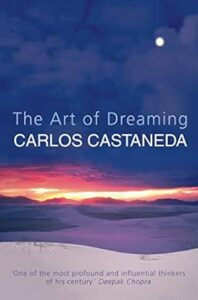
Another popular method is inspired by the movie “Inception”, where the main character uses a spinning top to test whether he’s dreaming or not. However, the key is to find a method that resonates with you and your personal experiences.
The most important thing is to develop your own unique system for inducing lucidity. Don’t simply copy someone else’s method; instead, use it as a starting point and adapt it to your own needs and preferences. The Nagual system is a great place to begin, but feel free to experiment and modify it to suit your own style.

Remember, the goal is to create a consistent and reliable method for inducing lucidity, one that you can use to tap into the power of your dreams and unlock new levels of awareness and insight. So, take the time to explore different techniques, and don’t be afraid to try new things until you find what works best for you.
Reality checking is a simple yet effective technique for inducing lucid dreams, involving the habit of questioning reality throughout the day to develop greater self-awareness. Keeping a dream journal can also help increase self-awareness and identify patterns in your dreams, making it easier to recognize when you’re dreaming.
Advanced Techniques
Dream walkers where in the native american tradition . they where trained to enter the spirit realm through lucid dreaming, trance and astral projection. they claimed to be able to travel forward and backwards in time. to see for heir people. They we’re a kind of shaman and they served their people as as an occupation. not unlike priests. they would speak to their ancestors and speak to their guides and supernatural beings. as shamans where healers dreamwalkers they often would enter the spirit realm tfor insight in healing a tribe member.
Group Dreaming and Dream Circles
In many spiritual traditions, including Buddhism, group dreaming and dream circles have been used as a way to share and interpret dreams. In Buddhism, for example, monks and nuns would often share their dreams with each other as a way to gain insight and understanding into the workings of the mind. This practice allowed them to tap into the collective unconscious and gain a deeper understanding of the world around them.

Animal Spirits
In many cultures, animal spirits are believed to play a significant role in lucid dreaming. These spirits are thought to possess the power to guide and teach the dreamer, and are often associated with specific qualities and attributes. For example, the eagle is often seen as a symbol of freedom and vision, while the snake is associated with transformation and renewal. By working with animal spirits in lucid dreaming, individuals can tap into the power of these symbols and gain a deeper understanding of themselves and the world around them.
Precognition
Lucid dreaming can also be used for precognition and time traveling. By accessing the collective unconscious, individuals can gain insight into future events and experiences. This can be done through the use of creative visualization and post-hypnotic suggestion, which can help to program the mind for specific experiences and outcomes.
Programming Dreams
One of the most powerful tools for lucid dreaming is creative visualization. By using visualization techniques, individuals can program their minds to dream about specific topics or experiences. This can be done through the use of post-hypnotic suggestion, which can help to train the mind to respond to specific cues and commands. By programming their dreams in this way, individuals can gain greater control over their lucid dreaming experiences and tap into the power of their subconscious mind.
The Realm Between Waking Reality and Dreaming
The realm between waking reality and dreaming is a unique and fascinating place. It is a realm where the conscious and subconscious mind meet, and where the boundaries between reality and fantasy are blurred. This realm is often referred to as the “in-between” realm, and is a place where individuals can access the collective unconscious and tap into the power of their imagination.
In this realm, individuals can visualize and experience things that are not possible in the physical world. For example, they can imagine themselves holding a vase and studying its details, or they can visualize themselves flying through the air. These experiences are only subtly different from dreams, and can be used to gain insight and understanding into the workings of the mind.
The key to lucid dreaming is to learn how to move smoothly from one reality to the other. This can be done through the use of creative visualization and post-hypnotic suggestion, which can help to train the mind to respond to specific cues and commands. By practicing these techniques, individuals can gain greater control over their lucid dreaming experiences and tap into the power of their subconscious mind.
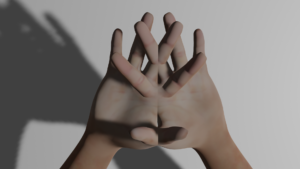
Vel’s 3-Step Lucid Dream Walking System
Step 1: Grounding and Relaxation
To begin your journey into lucid dreaming, start by grounding yourself. Bring your energy down from the heavens to the earth, feeling your feet connect with the ground beneath you. Relax completely, letting go of any tension or stress that may be holding you back. Allow your mind to rest, quieting the constant chatter that often fills your thoughts. Take a few deep breaths, feeling your body and mind calm and center. This is the foundation of your lucid dreaming practice, and it’s essential to establish a sense of calm and clarity before proceeding.
Step 2: Entering the Astral Plane
Once you’re feeling grounded and relaxed, it’s time to link the astral plane with the dream/spirit realm. Close your eyes and focus on seeing your hands in front of you, even though they’re not physically visible. This simple exercise will help you transition into the astral plane, where you’ll begin to tap into the world of visualization and dream reality. As you enter this state, remember that you’re an explorer, venturing into the uncharted lands of your subconscious mind. Lucid dreaming is the realm of the brave and the curious, and it’s essential to approach it with an open mind and a sense of wonder. Allow yourself to transition seamlessly into this state, holding onto your awareness of the phenomenon as you delve deeper into the dream world.
Step 3: Stabilization and Exploration
Now that you’ve entered the lucid dream state, it’s time to stabilize yourself and prolong the experience. Use techniques such as rubbing your hands together or viewing a digital dream clock to maintain control and clarity. This will help prevent your lucid dream from becoming fragmented and allow you to navigate the dream world with greater ease. As you stabilize, you’ll be able to engage in dream walking, navigating and controlling the lucid dream state to explore your subconscious mind and confront deep-seated fears and anxieties. Prolong the experience and explore the wild country of your dreams, where the unexplored frontiers of the dream realm lie ahead.
To Sum It Up
By exploring the history and practice of lucid dreaming, you can tap into a powerful tool for personal growth and self-discovery, allowing you to access hidden knowledge and cultivate greater self-awareness. With patience, practice, and dedication, you too can learn to lucid dream and use your creativity to produce desired change in the waking world.
References:
Kramer, S. N. (1963). The Sumerians: Their History, Culture, and Character. University of
Chicago Press.
George, A. (Trans.). (1999). The Epic of Gilgamesh. Penguin Books.
Oppenheim, A. L. (Trans.). (1966). The Babylonian Dream Book. University of Pennsylvania Press.
Budge, E. A. W. (Trans.). (1967). The Egyptian Book of the Dead. Dover Publications.
Plato. (2004). The Republic. (C. D. C. Reeve, Trans.). Hackett Publishing.
Support Independent Art and Help Us Keep Creating
If you enjoyed this article and want to see more content like this, please consider supporting our site by purchasing some of our merchandise. Your support helps us keep creating and sharing our passion for art, culture, and self-discovery.
Get Your Hands on Our Exclusive Merch Gear
We’ve got a range of cool and comfy merch gear available, including our popular Unisex Jersey Short Sleeve V-Neck Tee. This tee is perfect for anyone who wants to show off their love for independent art and culture.
Unisex Jersey Short Sleeve V-Neck Tee
- Price: $24.05 (excl. tax)
- Material: Soft and comfortable jersey fabric
- Style: Classic V-neck design with a relaxed fit
- Perfect for: Anyone who wants to support independent art and look great doing it!
Buy Now and Help Us Keep Creating
By purchasing our merch gear, you’re not only getting a cool and unique item, but you’re also helping us to continue creating and sharing our passion for art and culture. So why not treat yourself to something special and support independent art at the same time?
Thanks for your support, and we look forward to creating more amazing content for you in the future!

